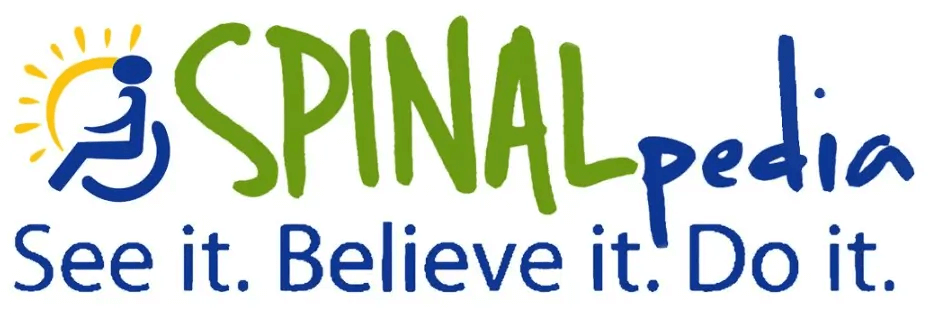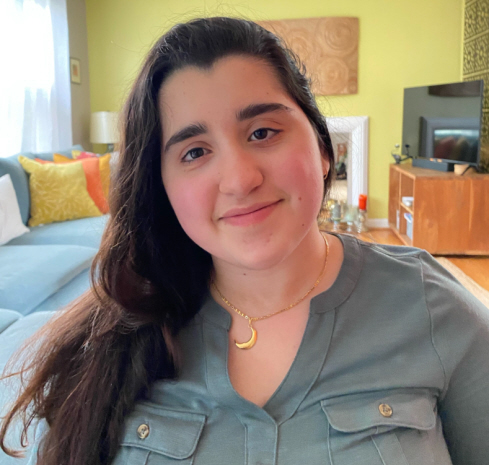My Pre-Injury Weekly Schedule
Monday- gymnastics
Tuesday- karate
Wednesday- swimming
Saturday- tap and ballet
Sunday- ice skating
I was quite the active kid growing up. Between my extracurriculars, I was constantly racing with the wind, hanging off of tree branches and singing my heart out. So, it was quite an interesting experience to go from that to waking up in a hospital bed after being in a coma for a month and half, and having my mother tell me that I was paralyzed from the waist down.
A shaky 4 months of rehab later, I was ready to start at my new elementary school. I knew things would be different but nothing could prepare me for the severe disparity in my treatment during PE class compared to my non-disabled peers. From the beginning, I was treated as the black sheep of my gym classes, with teachers being unaware on how to make me feel included.
This resulted in me having to sit out of certain activities (including recess), or literally being left to my own devices. First lesson drilled into my brain after my accident: “figure it out or don’t do it at all.”
Fast forward to middle school, I experienced even more pronounced inequity when it came to participation in sports. Again, my teachers had inadequate training and were uneducated on how to make the activity/sport more accessible to me. This led to my peers becoming visibly irritated with me, clearly dreading the possibility of having me on their team.
Other instances, I was told to sit out of particular sports and do more “accessible activities” with my paraeducator, which mainly consisted of playing catch. Sometimes, I’d even get some points off for my overall grade in the class because I was “not participating.”
Jump to high school and I was praising the lord that I only had to take one year of PE classes for my required credits. I chose to take yoga, figuring that would be the easiest and most relaxing activity that I could do. Couldn’t be farther from the truth. It was a trip in it of itself to figure out how to get onto the floor and back into my wheelchair.
Then came the conflicts with my teacher. She consistently refused to understand what both my disability meant and what I could/couldn’t do, she repeatedly misunderstood or misinterpreted my 504 plan, didn’t understand that my paraeducator was there to help me with any physical needs that I couldn’t perform myself, got upset if I couldn’t keep up with the class, and failed to make me feel included, having me do all kinds of poses completely different from what the rest of the students where doing.
I felt like an outcast, an unimportant member of that classroom, who felt no point to try and address this issue since I felt my remarks would only be denied and/or brushed off. I’d be lying if I said I didn’t intentionally skip her class every once in a while.
My experiences in PE and other activities had a huge detrimental effect on my self-confidence as well as my interest in sport and physical activity. I would often forget that there was even an option for accessible sports out there. It wasn’t until I was going through a magazine for accessible colleges and I found that University of Illinois offered accessible sports, that it all clicked. My disability is not and should never be considered a barrier, especially when it comes to physical activity.
Immediately, I took to emailing my principal to begin the much needed discussion about changing the PE curriculum to make it more accessible to all students, regardless of physical or cognitive disabilities. Because these stresses are ones that no student should be subjected to.
Education needs to be put in place where all members of PE staff are aware of the intricacies of what being in a wheelchair, or paralysis itself, means, as well as the possible causes and the implications of it, in order to create a more inclusive and welcoming space for wheelchair users. This education is necessary in creating environments where a student doesn’t have to feel scared to speak up for themselves in fear of dismissal, or being given an inappropriately set up accommodation that does not allow them to thrive.
With the help of one of my best friends, I hope to continue this journey to try and help change how PE is taught in school today. There is no excuse for a curriculum to be set up where our bodies are compared to non-disabled bodies, where there isn’t any chance for each student to enjoy physical education equally. The curriculum must be adjusted in order to include and take into account the abilities of each student, giving all a chance to not only pass the class, but to excel.
Luna Fera is a past intern for SPINALpedia and a paraplegic. Follow Luna at lunawolfe02 on Instagram


 Older Posts
Older Posts









